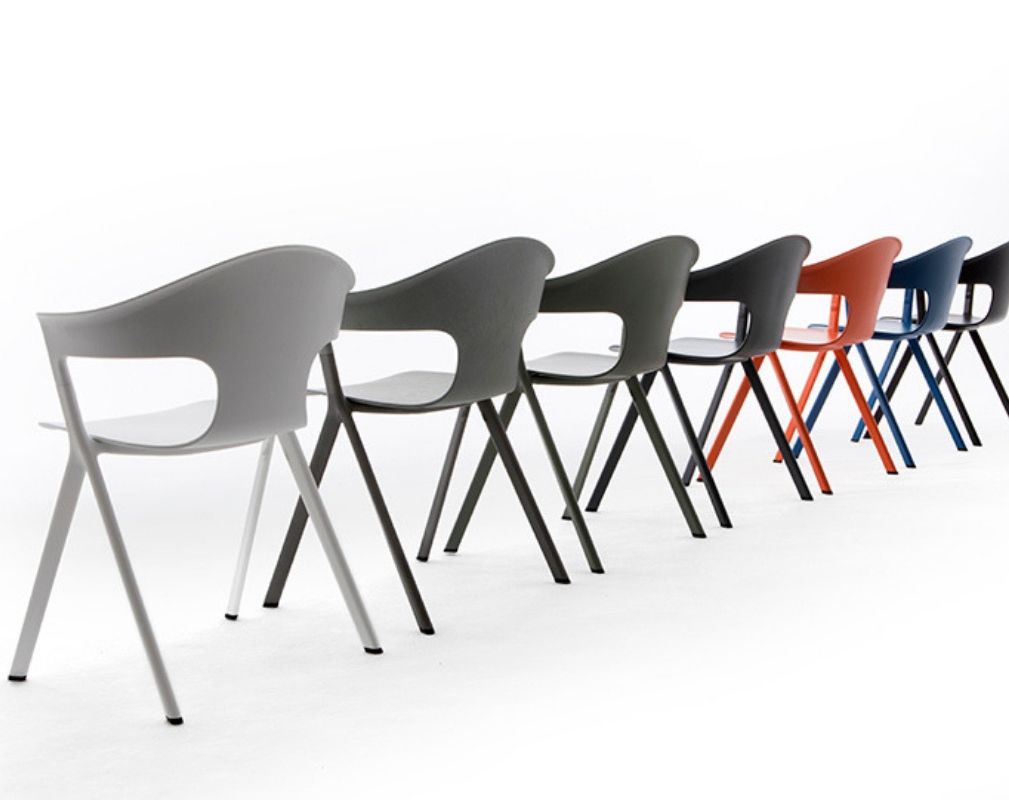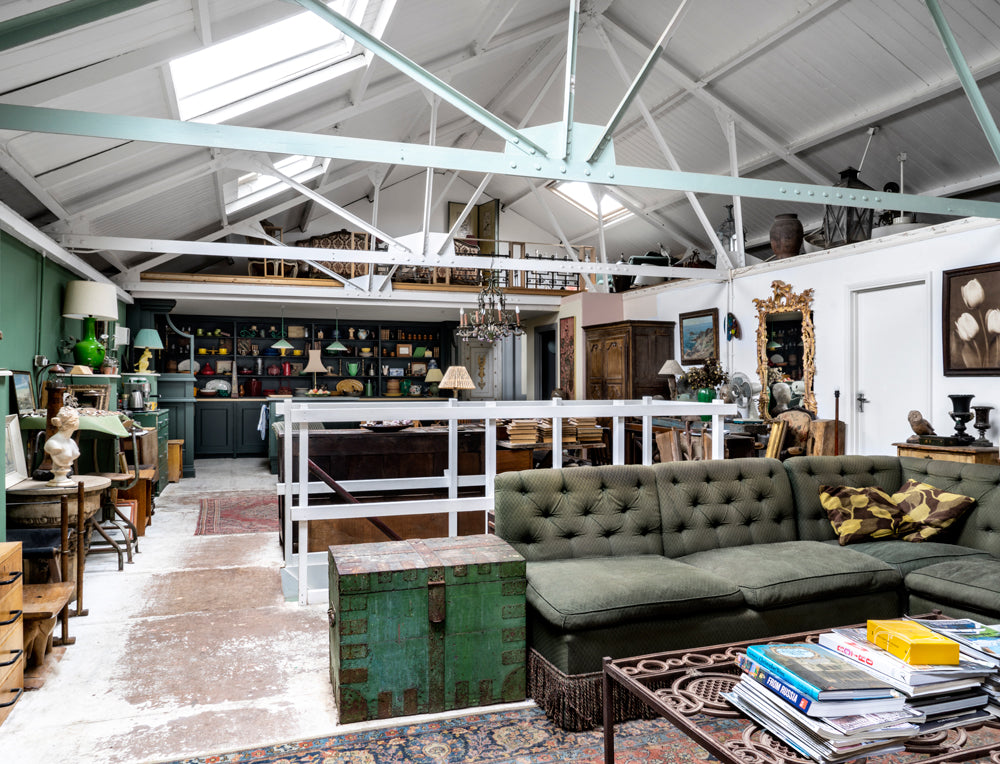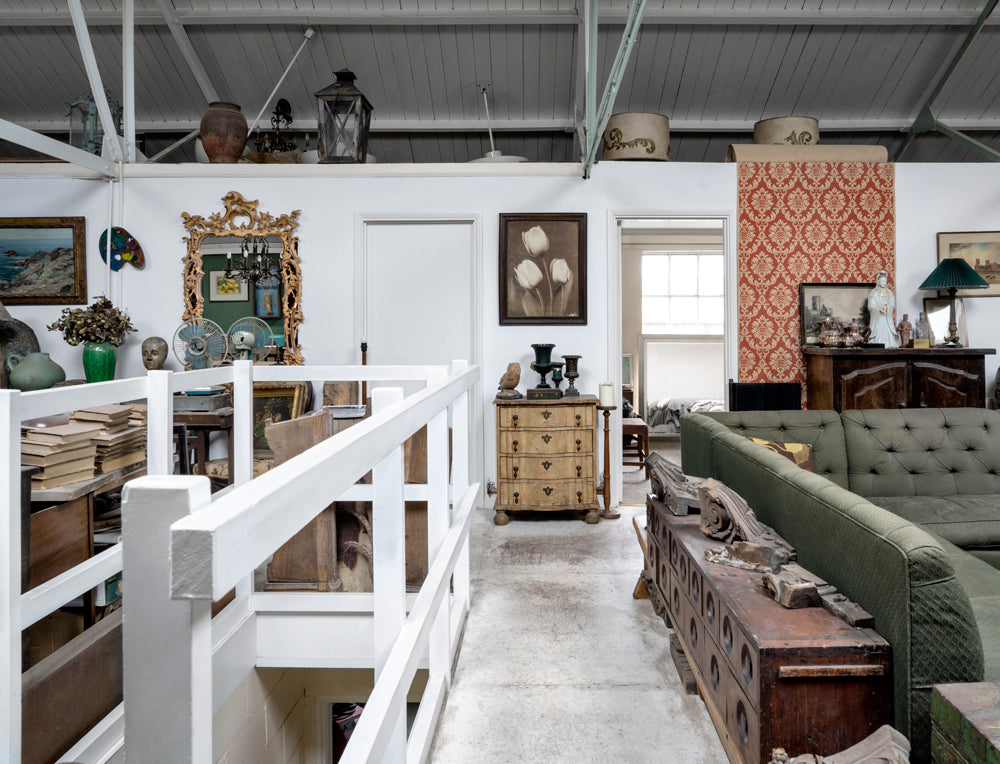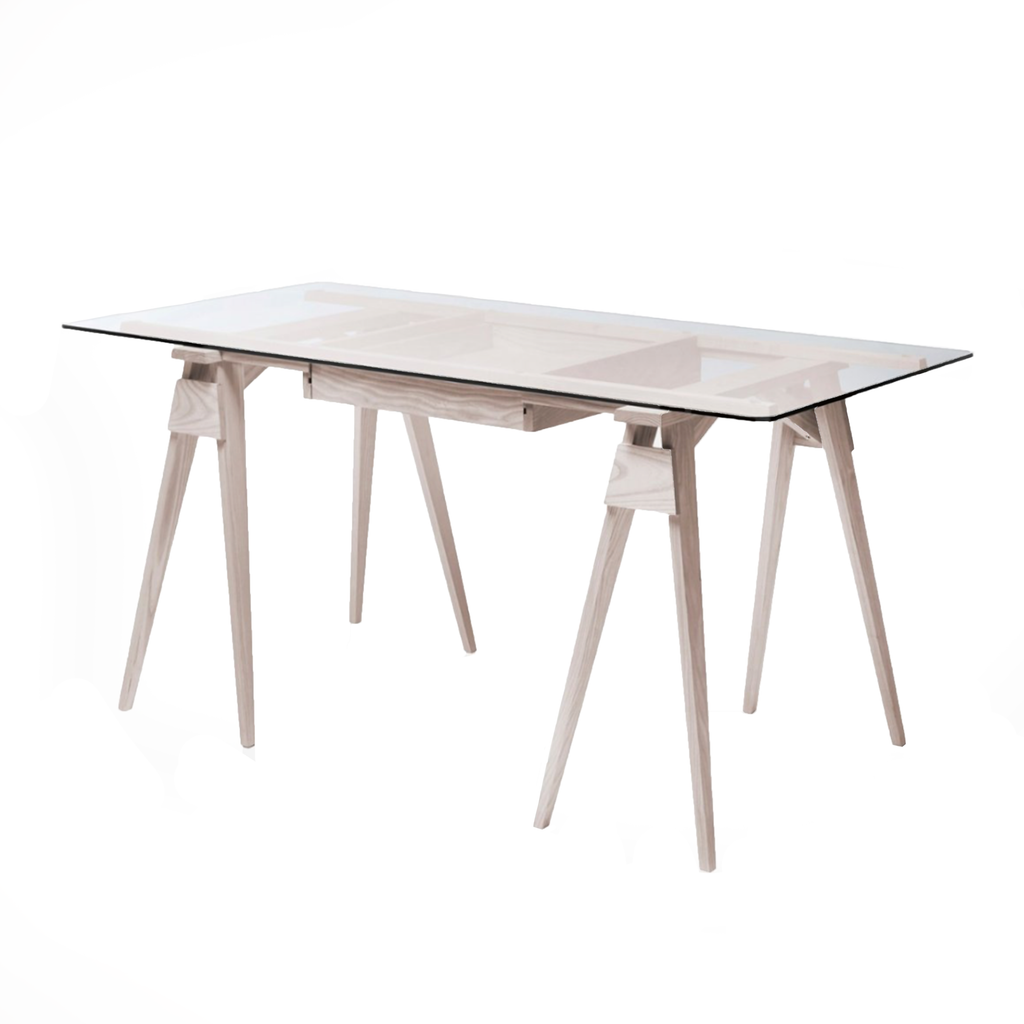
Handmade or hand-selected, we're proud to support exquisite craftsmanship and specialist skills. Join us as we sit down with artisans, curators and designers in our Meet The Designer series.
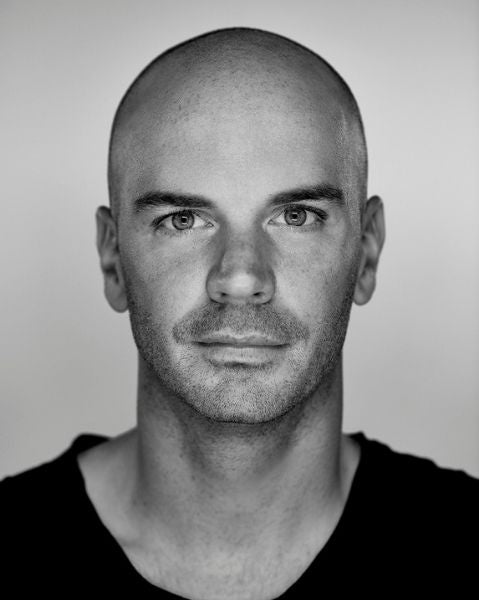
Benjamin Hubert is a London-based industrial designer and the founder of Layer, an agency focused on human-centred design to deliver experiences with meaning. He has worked with some of the world’s biggest brands including Nike, Samsung, Braun and PepsiCo.
What is your background and what do you specialise in?
I trained as an industrial designer and worked at several agencies throughout the UK after university. I made the move to set up a small agency under my own name which I ran for five years. I then pivoted to Layer which focuses on strategy, digital, industrial design, installation, and furniture design.
When did you first become interested in design?
I was very passionate about art at school, but it wasn’t until I studied industrial design and technology at Loughborough University that I formed a full opinion. My time at university allowed me to gain a broad spectrum of skills, which made me very employable. I went on to work at agencies for four years where I did some really hard-core work. This taught me to be robust as a thinker and in my skills.
Can you tell us about the progression of your career?
I have found the whole experience to be hugely educational and humbling. Having my own studio has been really fun and definitely a reaction to my previous work under agencies, which led to my decision to go from being an employee to an employer. This has allowed me to express more of my own sensibilities and make the move to craft and creating things with inherent material value.
After a while, the studio started to gain traction as we picked up numerous awards. One of our early successes was the Decode Heavy pendant. We were also working with Italian and Scandinavian brands. But things quickly started to get a bit one-dimensional as we were being asked to do the same thing over and over. The brands we were working with all wanted similar things and my skills weren’t being fully exploited.
Layer has given me the opportunity to blend the softer side of design and the more intelligent, analytical, provocative strategic industrial design route. Layer is more hardcore, varied, and user-driven. We now have the opportunity to work with a more imaginative client-base. We are working with some of the biggest brands so we are in a very fortunate position.
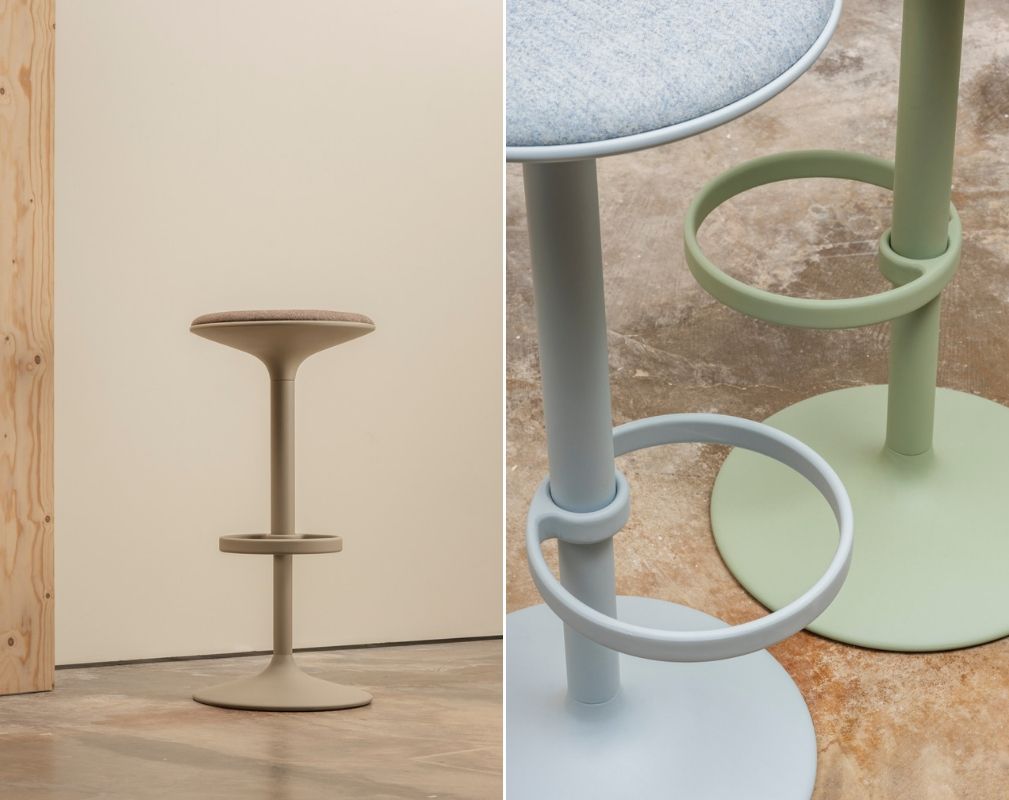
“Layer has given me the opportunity to blend the softer side of design and the more intelligent, analytical, provocative, strategic industrial design route.”
What would you say was your big break?
Probably when we started getting commissioned by big consumer electronics brands and a much larger budget came in for the first time. So we were finally being properly supported on robust design projects.
At the same time, furniture brands wanted to pre-pitch and that was frustrating due to the small budgets. So the two things happened together and it took about a year to think things through.
You have founded the industrial design agency Layer and work across a broad range of sectors. Can you tell us more about Layer?
Layer is about three years old. We are a team of 25 creatives who are all quite young and driven. It’s a pretty international group and we are all good friends.
We work with brands like Nike, Panasonic, B&O, Airbus, Samsung, Adidas. These are all really ubiquitous brands and you can love them or hate them, but the fact of the matter is, they shape our lives; defining the vision for how you might fly, how audio works in the home, or the in-store experience.
We use design as a meaningful tool for people to be more self-sufficient. We create digital platforms for how we move around in a city. We have done work for charities like Maggie’s on simple things like creating a collection box. We’ve designed a scooter, an airline seat, and domestic appliances.
We always try to think about how we can improve people's lives. And that might just be a slight evolution by asking how something can be made more delightful to use.
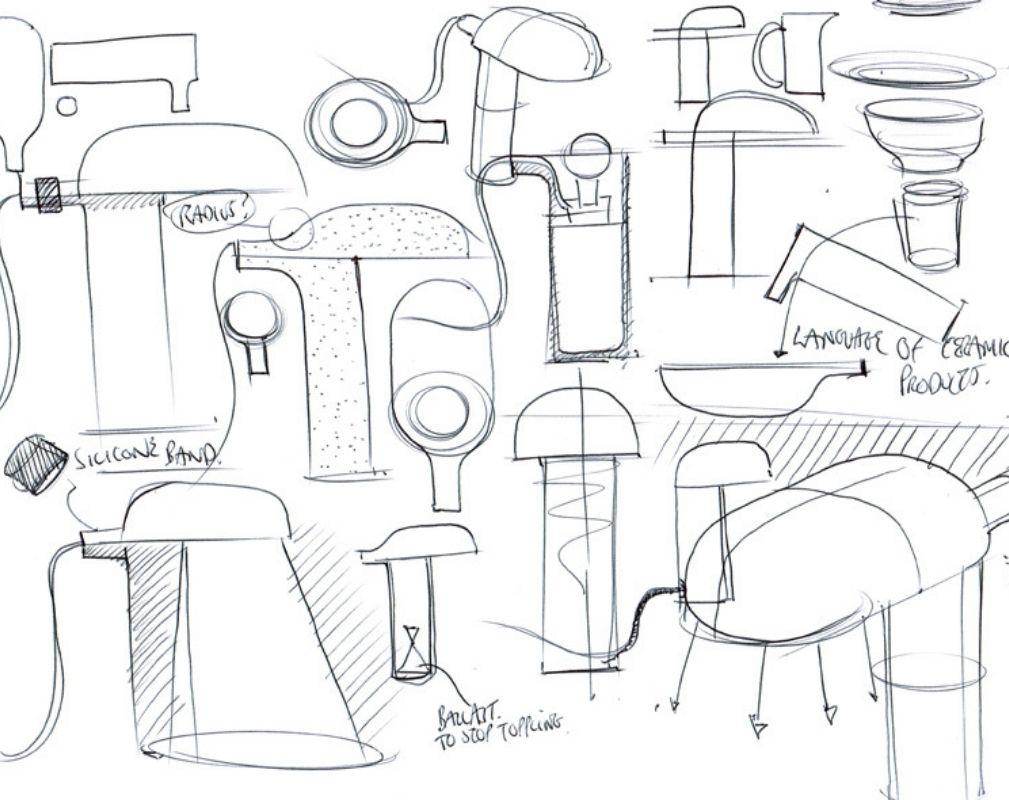
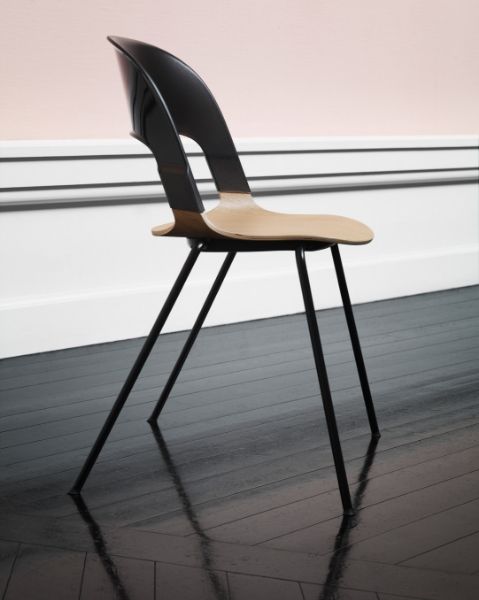
Can you please give us an insight into your design process?
We always start by thinking about how people live. We think about the macro and micro trends that influence us. We also interview the users. But how those considerations are then filtered through depends on client and their particular challenge. So the values of the formula will shift.
The time-frame from design to production can be anywhere from 12 months to four years depending on whether we are working on a simpler or more sophisticated product. Sometimes it can be a shorter design sprint. If it's something that might be used internally for a brand, then it might only take 6-15 weeks from concept to prototype and then delivering it to the brand.
What has been the highlight of your career so far?
One of the most rewarding aspects as a designer – and one of the most critical points – is to finally see something being used by the end user.
Our work for Airbus definitely stands out as we got a very polarising reaction. It was picked up very widely so had broad responses. Not everyone understood it though and there was a lot of pushing back from people who hadn't even sat in it.
Don’t get me wrong, any kind of reaction is a connection created and visceral feedback is what you look for as a designer. So it's interesting when you elicit any kind of emotional response. You want to push buttons.
I’m very fortunate and privileged to work with the kind of people I do and the kinds of partners we take on (we call them partners rather than clients). It’s actually more about people than projects.
I still have a lot to achieve and it’s very early days. I definitely want to work on more projects in parts of the world that need help. I’d like to do more pro bono work where we believe a company is doing good in the world.
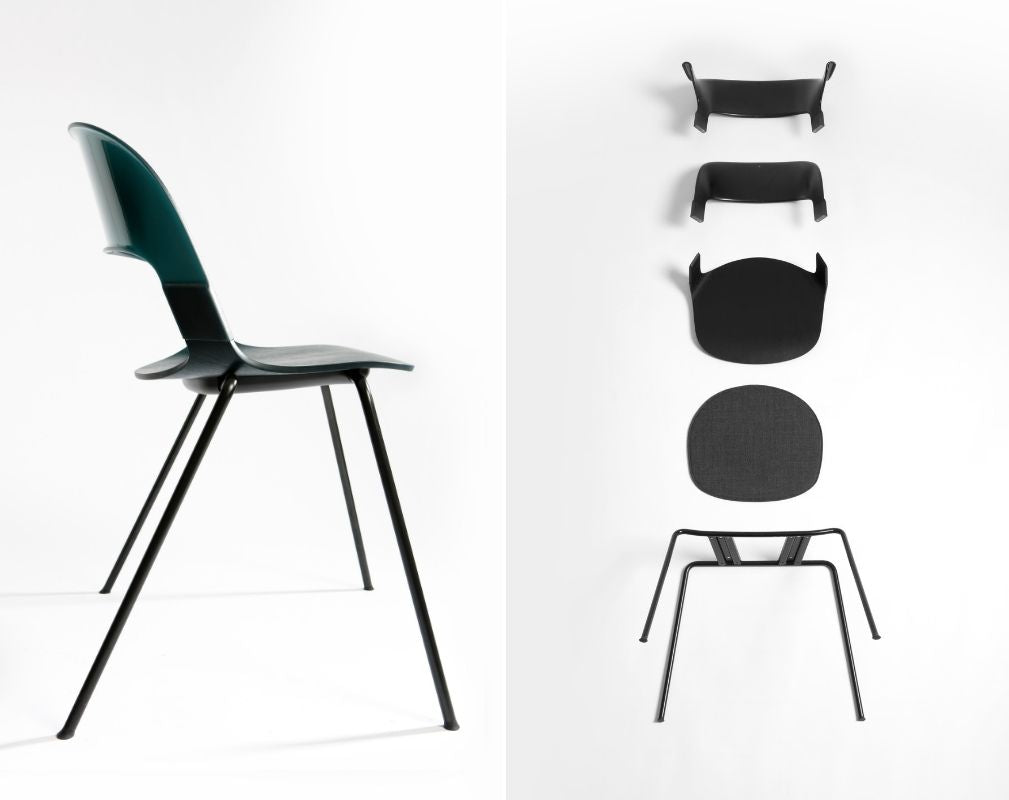
Can you tell us about your latest collaboration with Andreu World?
We were approached about a year ago and I liked their work. They have a very nice, consolidated, quite sober style which appealed to me. There are lots of technical bits inside but it’s soft and approachable from the outside. Andreu World is very good at putting bums on seats and I was attracted by the idea of seeing the stool out in the world.
Any exciting plans for the future you can tell us about?
We have a range of work launching over the autumn period. We’ve been working on a collaboration with Christopher Rayburn fashion, we have a lamp launching with Muuto, a modular luggage project, an audio project with a large brand, a sharing economy transport project and a really nice project with Panasonic on the future of living.
We would like to thank Benjamin for taking the time to talk to Warehouse Home. For more information, visit his website.
